Are you looking to elevate the aesthetic of your outdoor space? Concrete decorative pavers might just be your perfect solution! With their ability to blend functionality and beauty, these pavers can transform your patio, driveway, or garden path into a stunning area that reflects your personal style. In this article, we’ll delve into everything you need to know about concrete decorative pavers, including their benefits, design ideas, installation tips, and maintenance advice.
What Are Concrete Decorative Pavers?
Concrete decorative pavers are pre-cast concrete units that come in various shapes, sizes, colors, and textures. Unlike traditional concrete, decorative pavers are designed to enhance the visual appeal of outdoor spaces while providing durability and functionality.
Types of Decorative Pavers
- Interlocking Pavers
- Hand-Crafted Pavers
- Textured Pavers
- Stained or Dyed Pavers
- Permeable Pavers
Benefits of Concrete Decorative Pavers
1. Versatility in Design
One of the standout features of decorative pavers is their versatility. Whether you’re aiming for a classic, contemporary, or rustic look, there’s a paver style that can meet your needs. You can even combine different types of pavers to create unique patterns.

2. Durability and Longevity
Concrete pavers are incredibly durable. They can withstand harsh weather conditions, heavy traffic, and resist cracking. This longevity makes them a cost-effective option in the long run.
3. Easy Maintenance
Maintaining decorative pavers is straightforward. Regular cleaning and occasional sealing can keep them looking new, without the need for extensive upkeep.
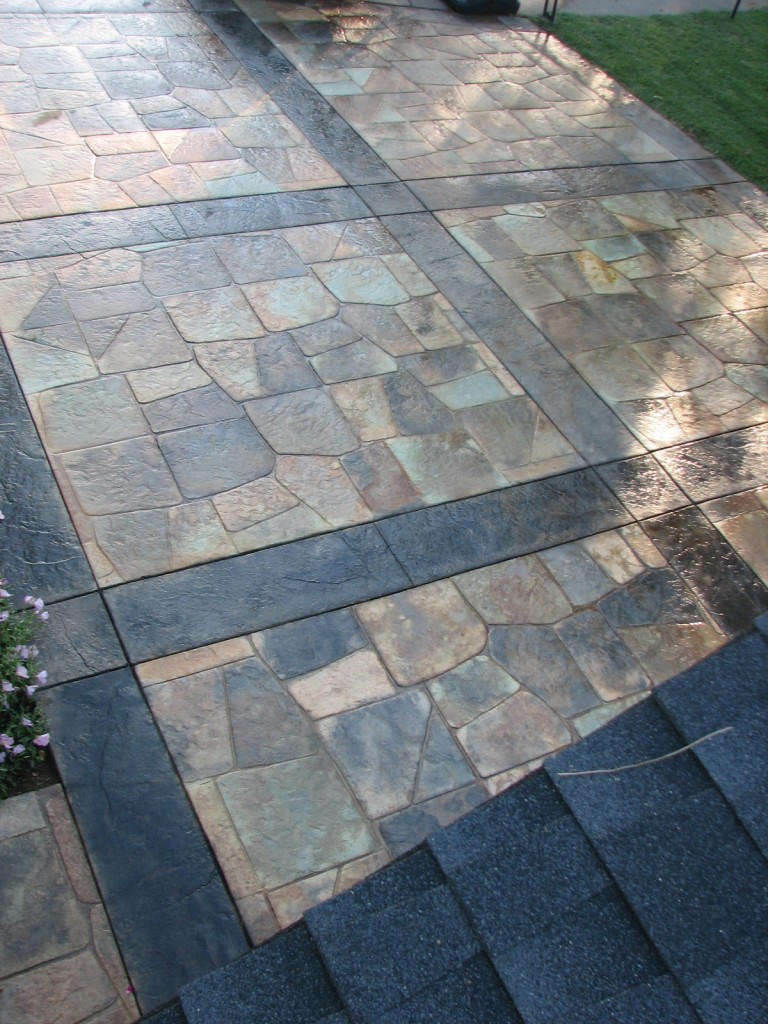
4. Eco-Friendly Options
Many decorative pavers are made from recycled materials, and permeable pavers allow for water drainage, reducing runoff and contributing to a sustainable environment.
Installation of Concrete Decorative Pavers
Installing decorative pavers can be a rewarding DIY project, but it’s essential to understand the process. Here’s a step-by-step guide to help you through installation.
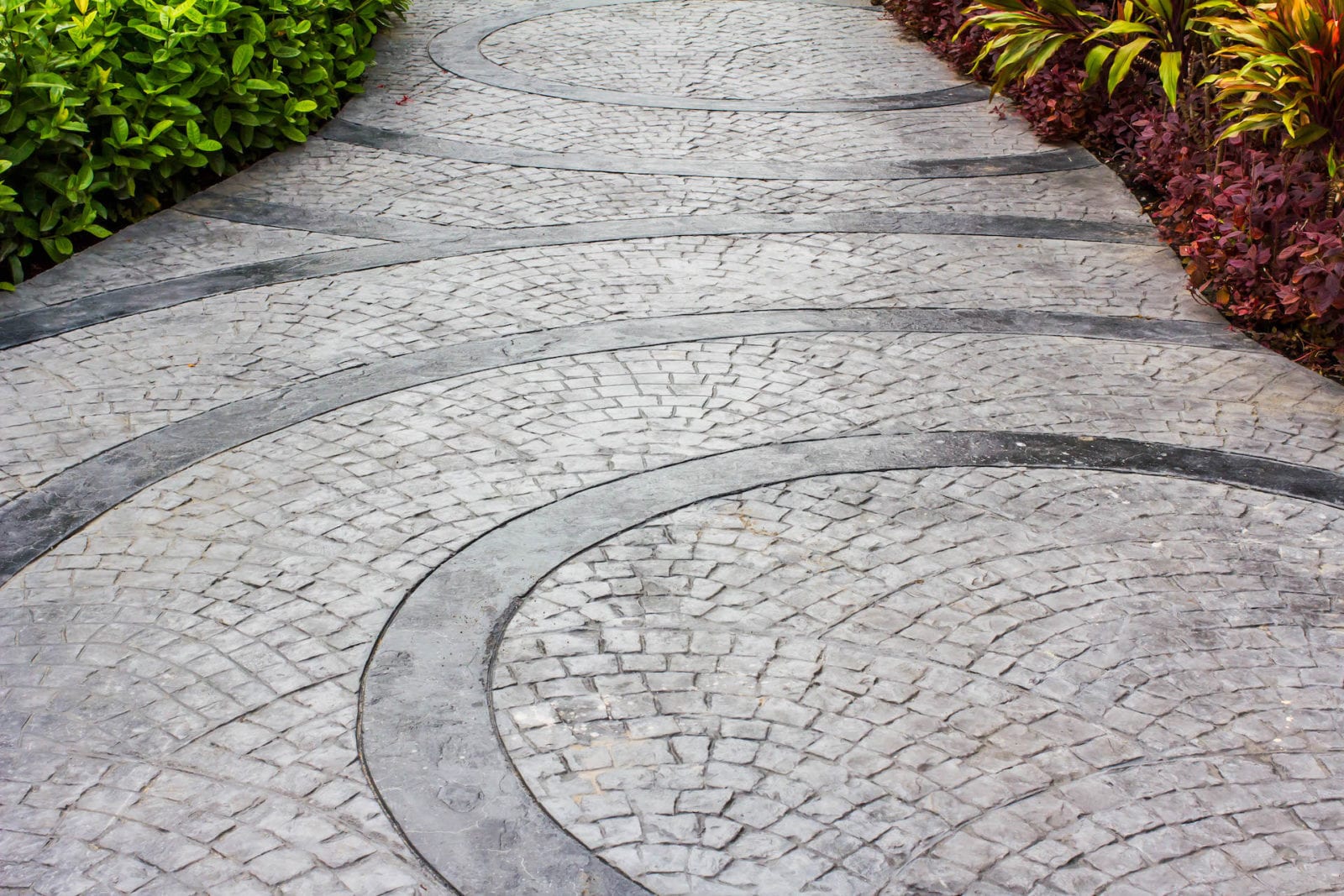
Step-by-Step Installation Guide
Step 1: Planning Your Design
Consider the area where you want to lay the pavers. Measure the space and sketch your desired design. Include patterns and colors that complement your home’s architecture.
Step 2: Preparing the Base
Clear the area of grass, debris, and any existing structures. Dig down about 6-8 inches and create a stable base with gravel. Compact this base to create a solid foundation.
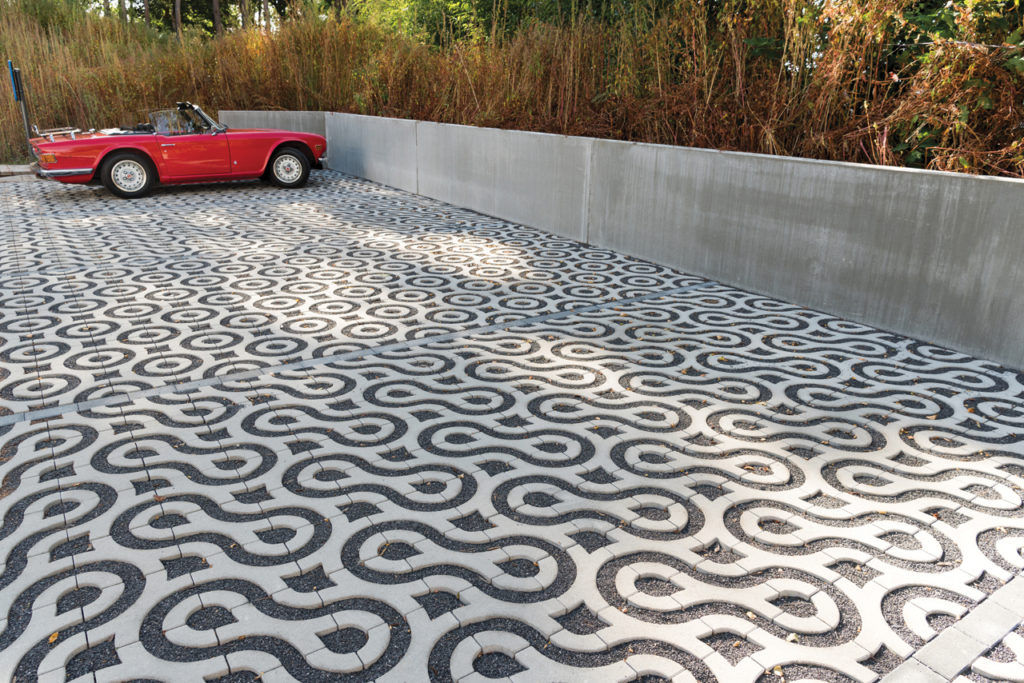
Step 3: Laying the Pavers
Start laying your pavers from one corner. Use spacers for even gaps and a rubber mallet to level them as you go. Cut pavers as necessary to fit your design.
Step 4: Filling Joints
Once all pavers are laid, fill the joints with sand or polymeric sand. This step is crucial for stability and preventing weed growth.
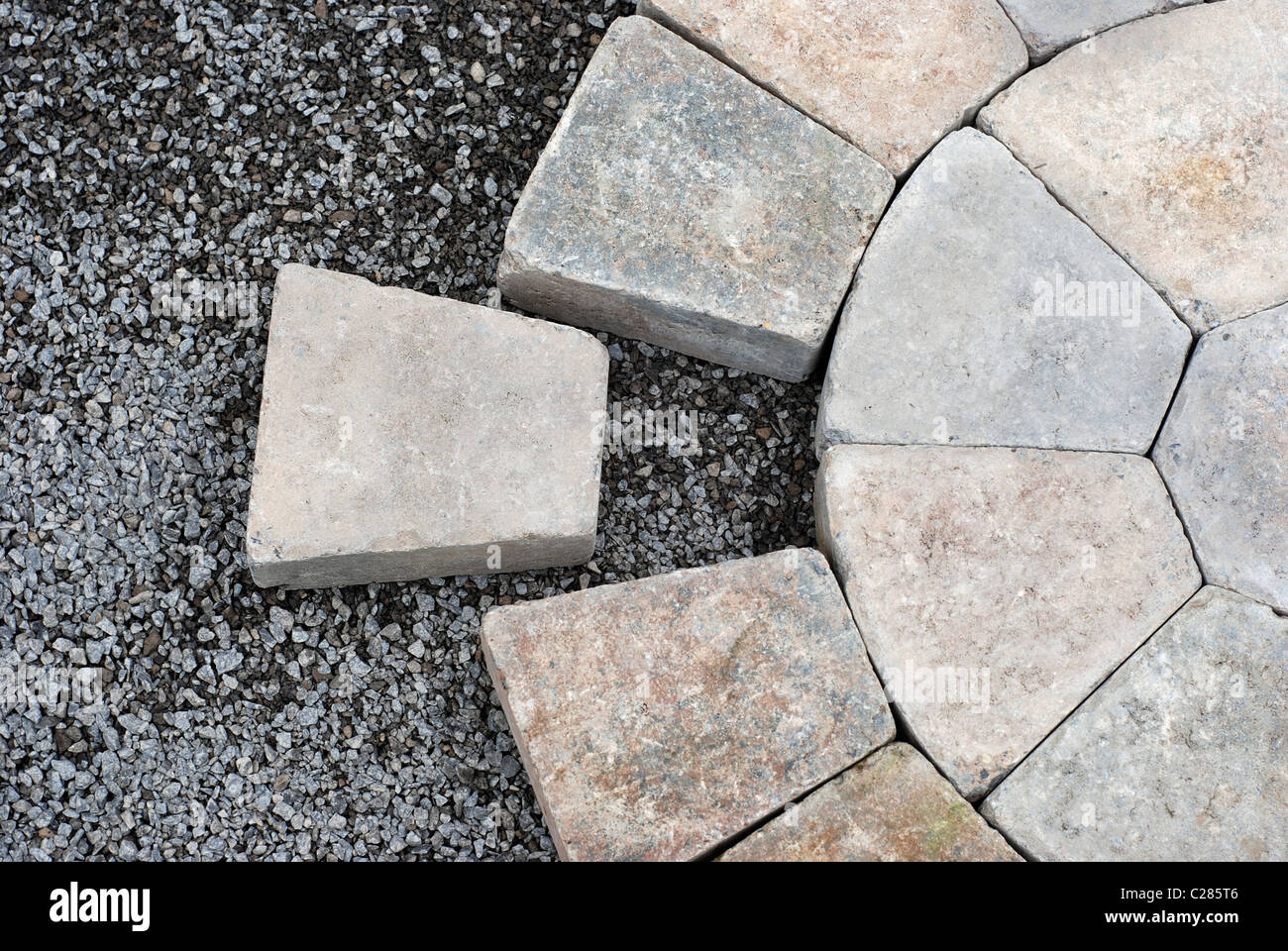
Step 5: Sealing (Optional)
After the sand settles, consider applying a sealant to enhance the color and protect against stains.
Comparison of Different Paver Types
| Type of Paver | Durability | Maintenance | Cost |
|---|---|---|---|
| Interlocking Pavers | High | Low | $$ |
| Hand-Crafted Pavers | Moderate | Medium | $$$ |
| Textured Pavers | High | Medium | $$ |
| Stained or Dyed Pavers | High | High | $$$ |
| Permeable Pavers | High | Low | $$$$ |
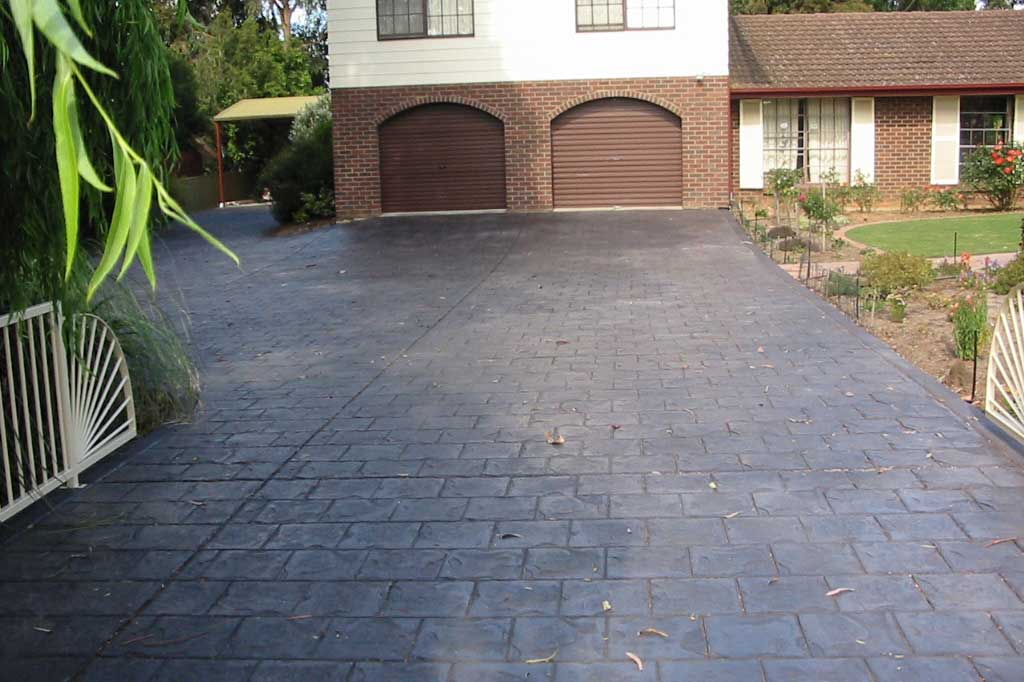
Pros and Cons of Concrete Decorative Pavers
Pros
- Wide variety of styles and colors
- Highly durable and long-lasting
- Easy to repair and replace individual pavers
- Eco-friendly options available
Cons
- Initial installation can be labor-intensive
- Some types may be more expensive
- Need for occasional sealing to maintain color
Maintenance Tips for Concrete Decorative Pavers
To ensure your decorative pavers stay looking great year after year, follow these maintenance tips:
1. Regular Cleaning
Use a broom or blower to remove debris and dirt. For stubborn stains, a pressure washer can do wonders.
2. Resealing
Depending on usage, reseal pavers every 1-3 years to protect against stains and fading.
3. Weeding
Keep weeds at bay by filling joints with sand and using weed barriers during installation.
Personal Experience: My Journey with Decorative Pavers
When I first decided to improve my backyard, I knew I needed something that was both beautiful and functional. After researching different options, I landed on concrete decorative pavers. With the help of my family, we mapped out a lovely pattern combining interlocking and textured pavers that truly transformed our outdoor space. The installation process was a labor of love, but stepping back to admire our hard work made it all worthwhile. Not only does it look fantastic, but it has also become a favorite spot for family gatherings.
Common FAQs About Concrete Decorative Pavers
What are the best colors for decorative concrete pavers?
The best colors depend on your personal style and the overall look you want to achieve. Neutral tones like gray or beige can complement a variety of styles, while bold colors can make a statement.
Do decorative pavers crack?
While concrete pavers are durable, improper installation or settling can lead to cracks. However, individual pavers can easily be replaced if damage occurs.
Can I install pavers myself?
Yes! With some planning, the right tools, and a little hard work, many homeowners successfully install decorative pavers themselves. However, hiring a professional is advisable for larger projects.
How do I choose the right paver style for my home?
Consider your home’s architecture and existing landscape. Choose paver colors and styles that complement your home to create a cohesive look.
How long will decorative pavers last?
With proper installation and maintenance, decorative pavers can last 25 years or more, making them a long-term investment in your property.